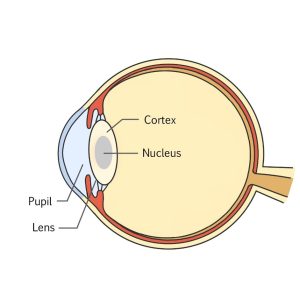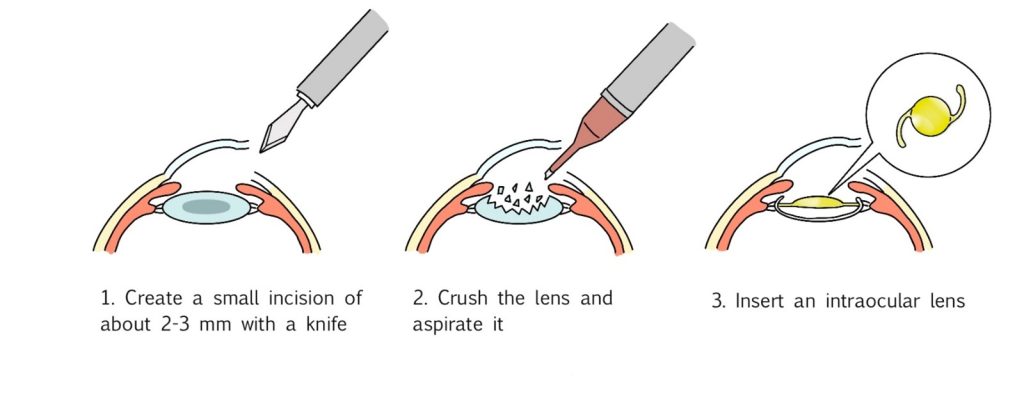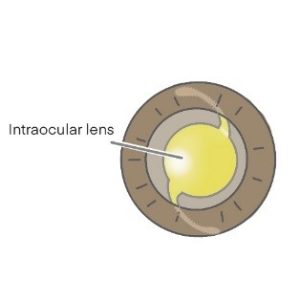- What is Cataract
- Causes of Cataracts
- Cataract progresses
- Cataract examination
- How to treat Cataracts
- Role of intraocular lenses
- How to control the development of Cataracts
- Q&A about Cataract
Cataract is a disease that causes the lens in the eye to become cloudy due to aging or other factors. The incidence increases with age, Early onset in people in their 40’s and most people in their 80’s and older showing symptoms.
“What can cataract symptoms look like?”
“Can I check if I have cataract by myself?”
“Is it a disease that can be cured by surgery?”
This article answers the above questions.
What is cataract?
Symptoms and causes
Cataract treatment and progression
Advances in intraocular lenses and surgical methods have now made cataract surgery safer and faster. Regular eye visits are recommended for the early detection and early treatment of cataracts and others for individuals who are 40 and over.




